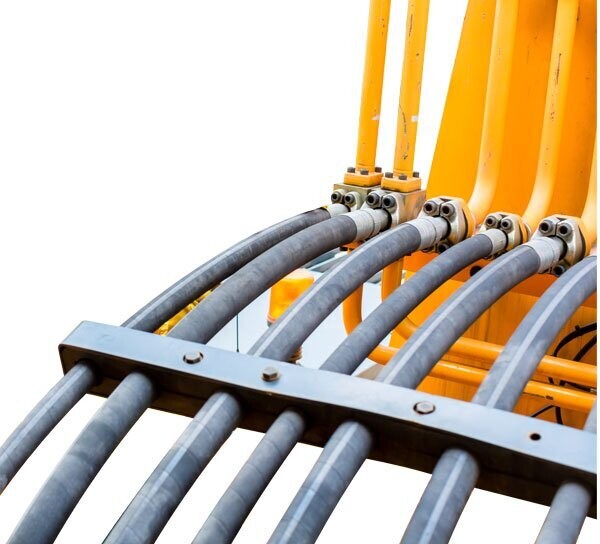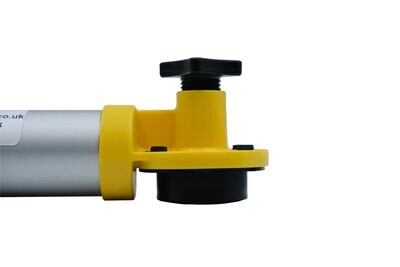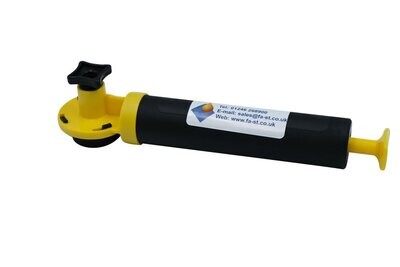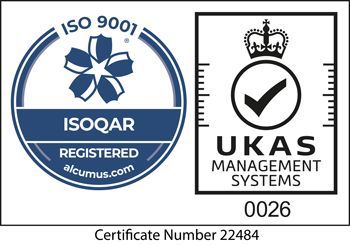Hydraulic Oil Analysis Kit
| Quantity | Price per item | Discount |
| 3 items | £31.58 | 10% off |
| 11 items | £29.83 | 15% off |
| 51 items | £28.07 | 20% off |
| 101 items | £26.32 | 25% off |
Hydraulic oils play a pivotal role in hydraulic systems that operate in demanding environments characterised by high pressure and tight tolerances. Consistent monitoring of hydraulic oil conditions is indispensable to ensure optimal performance, meeting the requirements for lubrication and heat transfer.
By implementing a hydraulic oil analysis program, ongoing monitoring of cleanliness levels in the system becomes possible. This valuable information empowers proactive maintenance measures and facilitates oil filtration to remove contaminants, thereby preventing heightened wear and potential failures. Given the challenging conditions faced by hydraulic oils, the monitoring of particulate contamination levels become vital in safeguarding equipment. Our analysis encompasses:
International buyers are responsible for the charges on postage back to the UK for analysis.
- Oil cleanliness levels are assessed via an ISO 4406 particle count. This is a crucial factor in testing hydraulic oils.
- Full spectrographic analysis (elemental analysis) for evaluating potential wear metals, monitoring levels, and verifying oil additive levels. It also detects contaminants like Boron, Sodium, and Silicon that may have entered the system.
- Total ferrous debris (PQ/FW index) measurement to monitor magnetic wear particles, irrespective of size.
- Oil viscosity at 40 °C assessment to ensure the oil meets lubrication and heat transfer requirements vital for hydraulic systems.
- Karl Fisher water count, employing the K.Fisher water test, to detect any water that may have entered the system.
- This comprehensive analysis provides a holistic view of hydraulic oil conditions, enabling informed maintenance decisions and proactive measurements to ensure optimal system functioning.












